Hypoxylon fragiforme
Scientific name: Hypoxylon fragiforme (Pers.) J.
Kickx
Derivation of name: Fragiforme means "strawberrylike"
in reference to the appearance of this fungus.
Synonyms: Sphaeria fragiformis Pers.
Common name(s): Red cushion hypoxylon, beech
woodwart.
Phylum: Ascomycota
Order: Xylariales
Family: Hypoxylaceae
Occurrence on wood substrate: Saprobic; in clusters
typically
on
the bark of dead beech (Fagus) trees; July
through November, overwinters.
Dimensions: Fruit bodies are 3-16 mm wide and nearly
globose.
Description: Fruit bodies are grayish-white at first,
becoming salmon-pink and then brick-red at maturity and
finally brownish-black when overmature. The surface is
minutely bumpy (pimple-dotted) at maturity. The bumps
are the openings of
ascospore-forming structures called
perithecia embedded just below the surface. The interior
flesh is black and hard.
Comments: Hypoxylon fragiforme may be confused with
Hypoxylon howeanum, a species typically growing on trees
other
than beech. However, the two species may occur
together on beech and certainty of identification will require
ascospore measurements. Additionally, when not reddish
and when not on beech, H. fragiforme is likely to be
confused with other Hypoxylon species and species in the
genera Annulohypoxylon and Jackrogersella.
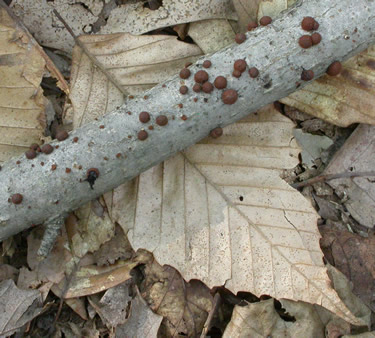
Figure 1. Fruit bodies of Hypoxylon fragiforme on a dead
beech (Fagus grandifolia) branch. Note the beech leaf
under the branch.
Photo © Gary Emberger.
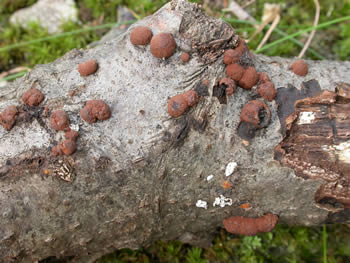
Figure 2. Hypoxylon fragiforme on beech. The rounded
shape, red brick coloration, and occurrence on beech are
important field identification characteristics.
Photo © Gary Emberger.
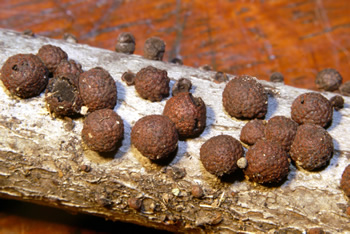
Figure 3. Hypoxylon fragiforme. Photo © John Dawson.
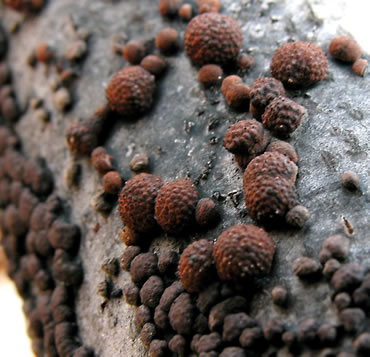
Figure 4. Note the bumpy surface projections of the
underlying perithecia. Photo © Dianna Smith.
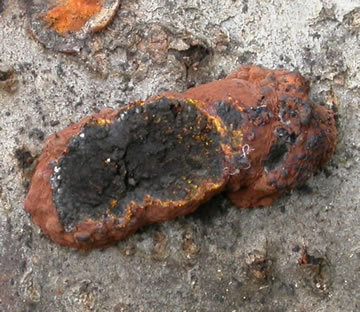
Figure 5. The interior is composed of black, hard flesh.
The perithecia are just below the surface.
Photo © Gary Emberger.